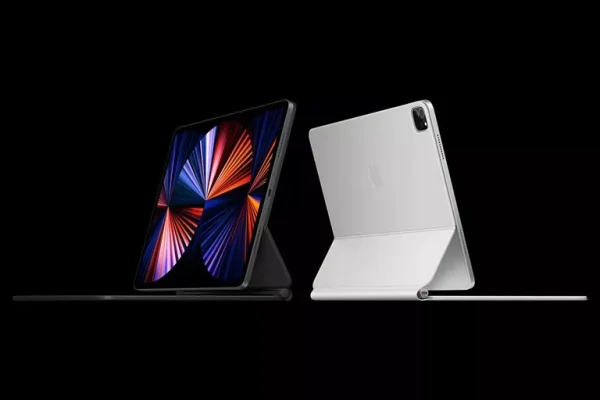IPad Pro 2021 vs. iPad Pro 2020 Apple

After a long wait, the latest generation of Apple iPad Pro high-end tablets has finally been introduced. The Apple iPad Pro 2021, which defines Apple as a professional in the world of tablets, has a diverse set of high-end features that seeks to bridge the gap between Apple tablets and Android tablets. The iPad Pro 2021 is the most professional tablet Apple has ever made; A tablet that experiences significant hardware and hardware improvements compared to the previous generation and provides customers with the most processing power in the tablet world.
Apple also introduced tablets to customers in 2020, however, the changes that the Apple iPad Pro 2020 compared to its predecessor are not as much as the differences between the iPad Pro 2021 and the previous generation. In 2018, Apple significantly changed the design of the iPad Pro, and this formula continued in 2020. A look at Apple’s official renderings shows that the design mentioned in the iPad Pro 2021 has also been used. So at first glance, there is no significant difference in appearance between iPad Pro 2021 and iPad Pro 2020.
On the front panel of the iPad Pro 2021, we see an attractive and eye-catching all-screen design. The screen of the iPad Pro 2021 has small margins around it to give the user a sense of modern product. The flat edges of the iPad Pro 2021, which has spread to the new generation iPhone and the new generation iMac, are particularly attractive.
The back panel of the iPad Pro 2021 hosts an improved dual camera. In the center of the back panel, you can see the Apple logo, and in the lower part, the phrase iPad can be seen. Apple is always trying to keep the back panel of its devices simple, and this feature gives a lot of beauty to the company’s devices.
One of the most important changes of the iPad Pro 2021 compared to the previous generation is the use of this tablet with a five-nanometer M1 processor, which was previously present in Mac series computers. The M1 chip in the new generation iPad Pro has an eight-core CPU unit and an eight-core GPU unit to bring a lot of processing power. The M1 processor uses an integrated memory architecture, which means that different components are present in a system-on-chip for greater coordination between them. Apple announced last year that the first model of the M1 has 16 billion transistors.






